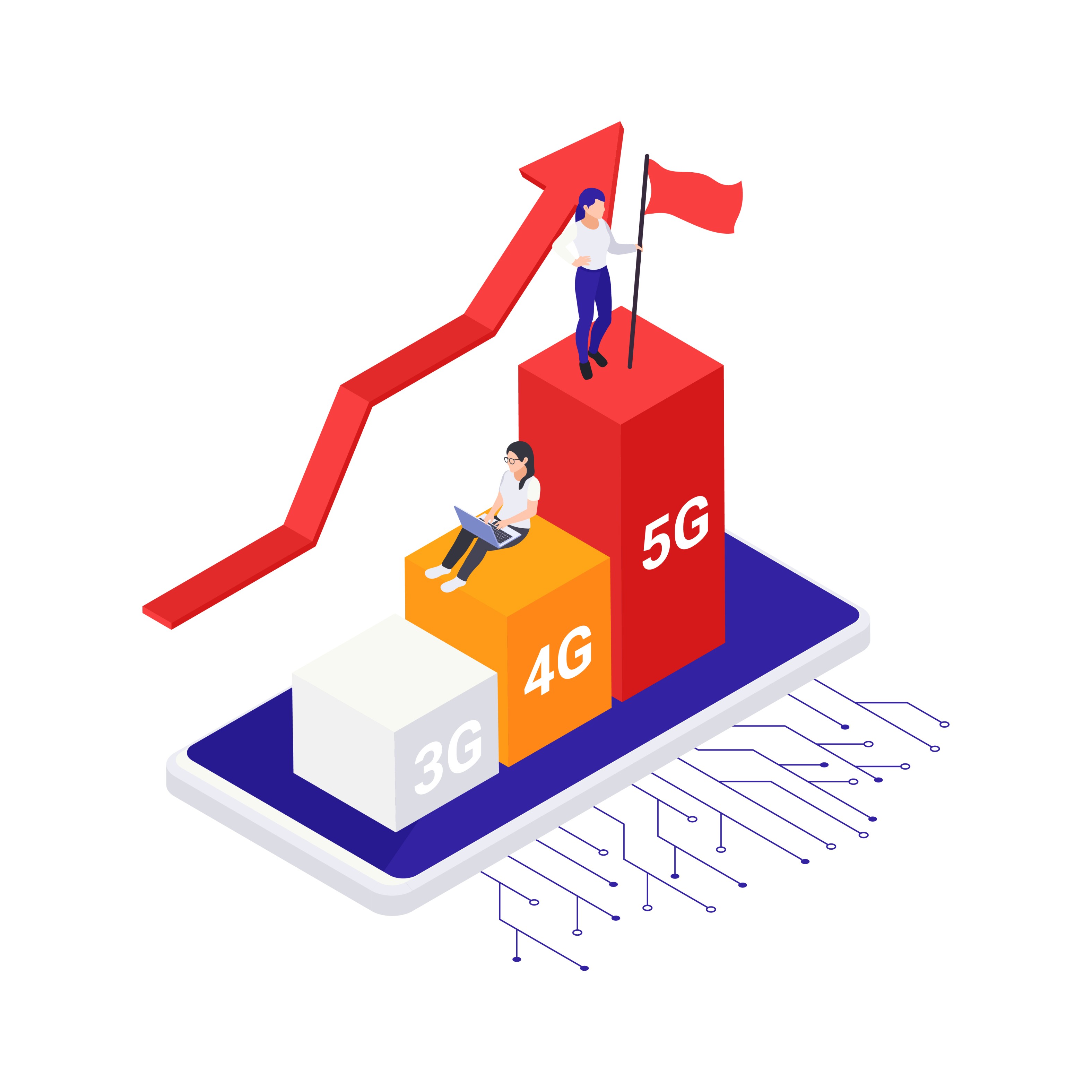Understanding the difference between 5G, 4G and 3G

As technology continues to evolve, so do our mobile networks. In recent years, we’ve seen a shift from 3G to 4G, and now to 5G. Each generation of network offers improved speeds and capabilities, but it can be confusing to understand the differences between them. Let’s explore the key differences between 5G, 4G, and 3G.
3G:
Third Generation (3G) networks were introduced in the early 2000s and offered significant improvements over 2G networks. 3G networks provided faster data transfer speeds, allowing for the introduction of mobile internet, video calling, and multimedia messaging. However, 3G was relatively slow, with maximum speeds typically ranging from 384 kbps to 3 Mbps.
4G:
Fourth Generation (4G) networks were introduced in the late 2000s and provided a significant leap forward in terms of speed and capacity. 4G networks were created to provide quicker download and upload speeds, lower latency, and higher network capacity. 4G networks typically offer speeds ranging from 5 Mbps to 1 Gbps, depending on the network and location.
5G:
Fifth Generation (5G) networks are the latest development in mobile technology and represent a significant improvement over 4G. 5G networks are designed to deliver ultra-fast download and upload speeds, ultra-low latency, and support for a massive number of connected devices. 5G networks are expected to enable new applications such as autonomous vehicles, virtual and augmented reality, and smart cities. 5G networks are capable of delivering speeds ranging from 1 Gbps to 20 Gbps, depending on the network and location.
The Key Differences:
The primary differences between these generations of networks are speed, capacity, and latency. 5G networks can support a much larger number of connected devices, making it ideal for use in smart homes and other Internet of Things (IoT) applications.
Another key difference is latency. 5G networks have much lower latency than 4G or 3G networks, meaning that data can be transmitted with much less delay. This is important for applications that require real-time interaction, such as gaming or autonomous vehicles.
In summary, each generation of mobile networks has delivered notable advancements in speed, capacity, and capability. While 5G is already available in some areas, it may take several years for it to become widely available. In the meantime, 4G and 3G networks will continue to play an important role in connecting people and devices around the world.

